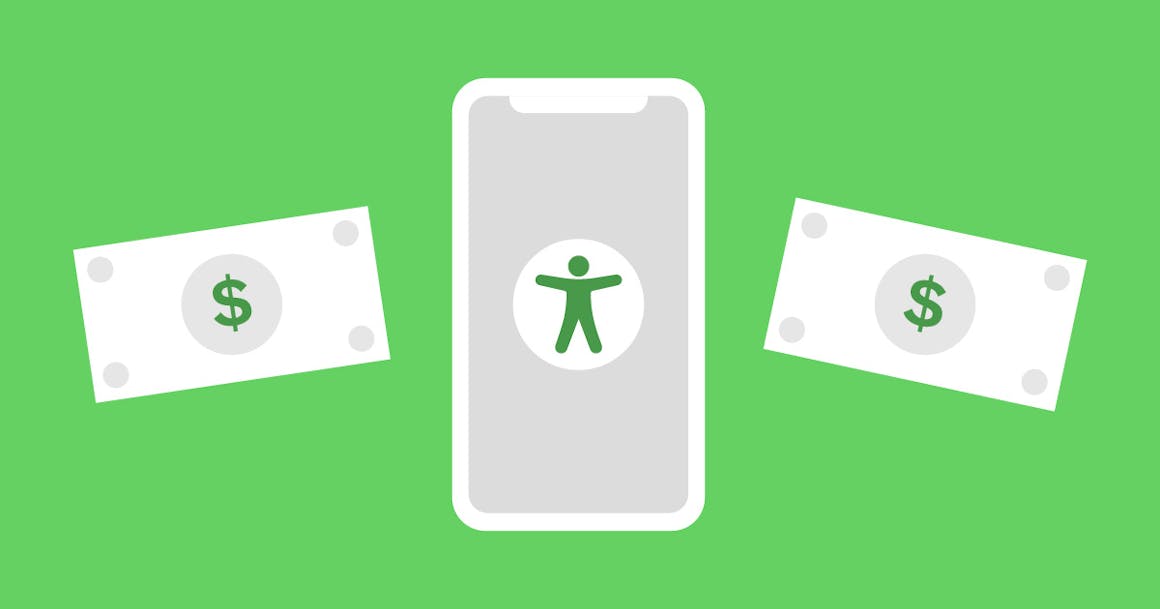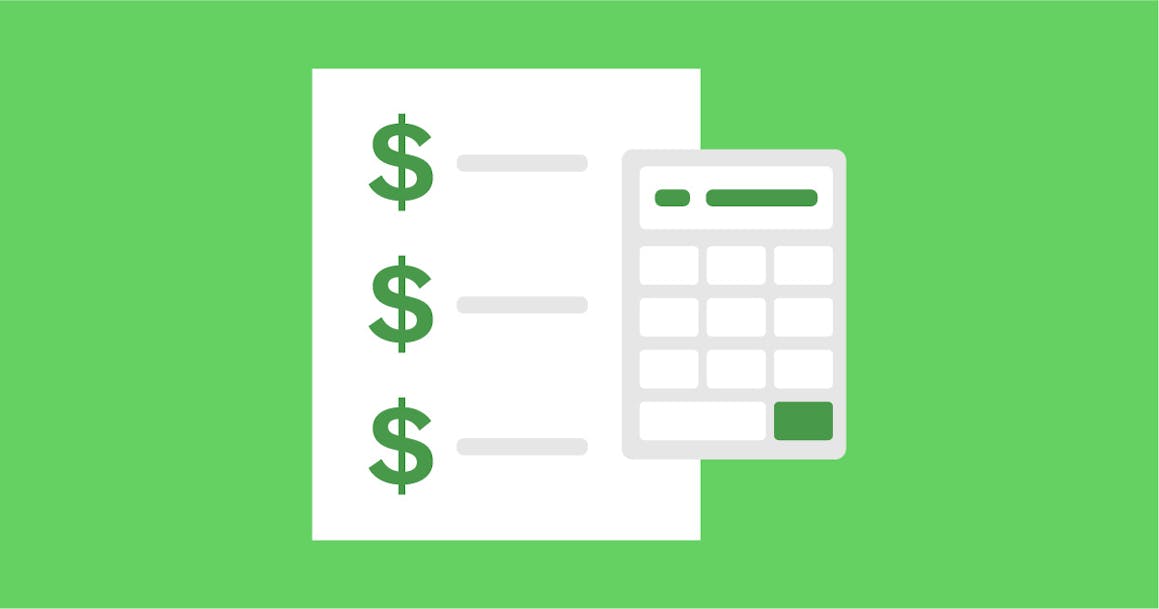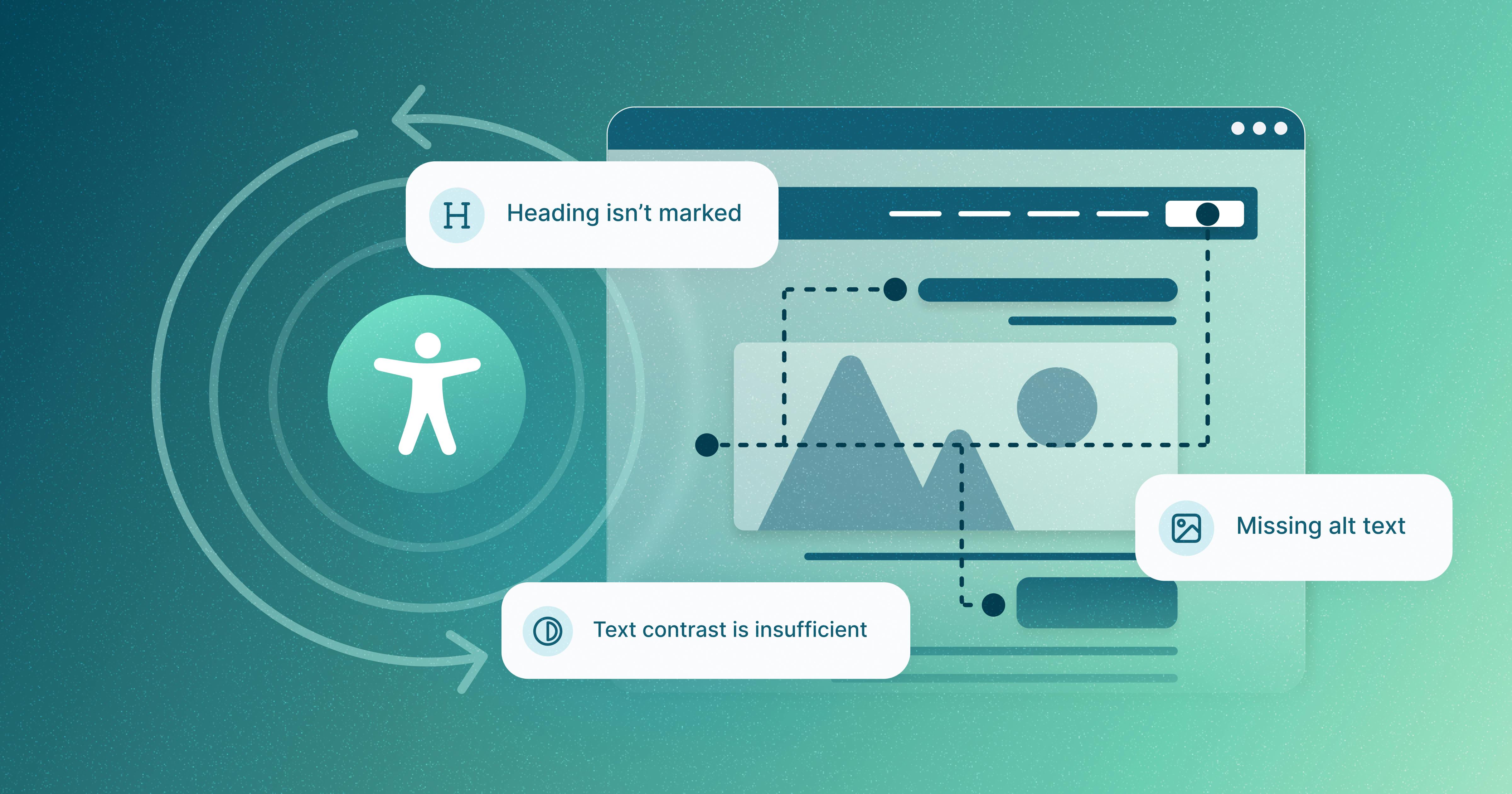How To Save On Your Accessibility Investment


Making sure that your website is accessible to everyone can be a challenge. Although, it's not known by many people, a tax credit can help make the cost of accessibility more affordable.
Ensuring that your products and services are accessible to everyone online, including people living with a disability, is a legal obligation for most organizations based in the U.S., and for many in other countries worldwide.
Happily, thanks to a little-known tax credit, accessibility could be much more affordable than you expect.
Making accessibility more cost-effective is a big win, because companies that invest in digital accessibility are likely not only to reduce their risk of a digital accessibility-related lawsuit, but also to increase customer satisfaction and attract new customers. Research suggests that over 1 billion people worldwide have a disability, and together with their friends and family, they have over $8 trillion in annual disposable income. So, making your site accessible opens up a huge market for your business.

What support is available for your business?
Your eligibility for tax credits depends on a few factors, such as the size of your business, your annual revenue, and the type of accessibility-related changes you make.
As set out in Title 26 of the Internal Revenue Code (Section 44), small businesses that either generated revenues of $1,000,000 or less in the previous tax year, or have fewer than 30 employees, can take advantage of federal tax relief for “eligible access expenditures.”
According to the terms of this tax credit, companies must pay the first $250 of their annual accessibility spend themselves. It then provides 50% relief on any eligible access expenditure between $250 and $10,250—effectively, providing a tax credit of up to $5,000.
A wide range of expenditures qualify for this support, including money spent on “effective methods of making aurally delivered materials [and] visually delivered materials available” to individuals with hearing impairments or visual impairments.
So, if you’re investing in enhancing the digital accessibility of your websites or using accessibility consulting services, it’s a good idea to check with your tax professionals to find out whether you’re eligible for a tax credit, and how much you could save.

How much could you save on online accessibility?
For most small businesses, the tax credit potentially unlocks significant savings on their accessibility-related spending each year.
Here’s an example for digital accessibility. A company with revenues of $2,000,000 in a single tax year and 25 employees decides to enhance its customer-facing and internal websites. To achieve this, it signs up for a monthly subscription of a managed digital accessibility service, such as AudioEye Managed Commerce.
Let’s imagine that a subscription costs $8,000 per year. Because companies must cover the first $250 of any accessibility expenditure, the total amount that the company can claim for in this circumstance is $7,750. As the tax credit covers half of all expenditure between $250 and $10,250, accountants at the company calculate that they are eligible for a federal tax credit of up to $3,875.
This means that the company could effectively save almost 50% on the value of its subscription, freeing up more resources for innovation and business development.
What’s more, making your website fully accessible enables you to reach the 26% of the US population currently living with a disability, and ultimately to tap into an $8 trillion global market.
Talk to your financial advisor about Title 26 of the Internal Revenue Code and other accessibility-related benefits—depending on where your company operates, you may also be eligible to access state-level benefits, for example.
And when you’re ready to take the next steps on your digital accessibility journey, start your journey to an accessible website by finding the right AudioEye solution for your company’s needs.
This blog post is for information only and is not designed to replace advice from legal or tax professionals. You should consult with your own tax advisor on your specific situation.
Ready to test your website for accessibility?
Share post
Keep Reading

Principles of Inclusive Design: How to Apply Them to Your Digital Spaces
Discover the principles of inclusive design with AudioEye to ensure digital accessibility and enhance user engagement across all platforms.
accessibility
April 22, 2024

Colorblind-Friendly Palettes to Use in Your Web Designs
Colorblind-friendly palettes increase readability for colorblind people. Discover how to create and use accessible color combinations in your web designs.
accessibility
April 18, 2024

What is Accessibility Testing Automation? Tips & Tools
Learn how accessibility testing automation can enhance your web compliance strategy and offer solutions for overcoming common testing challenges.
accessibility
product
April 11, 2024
